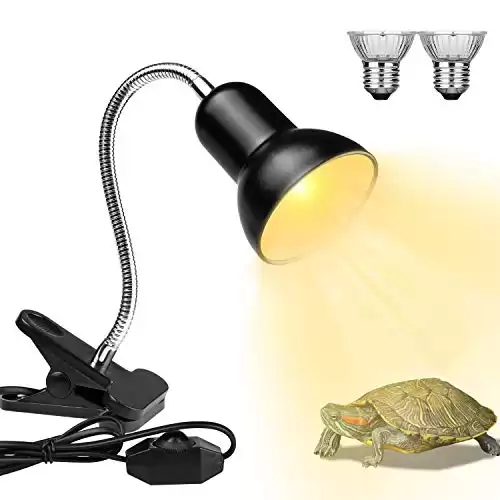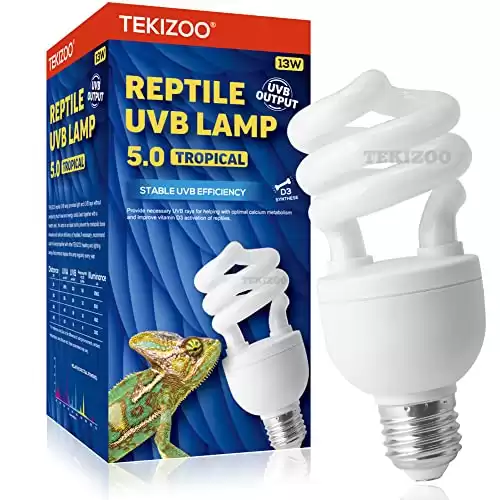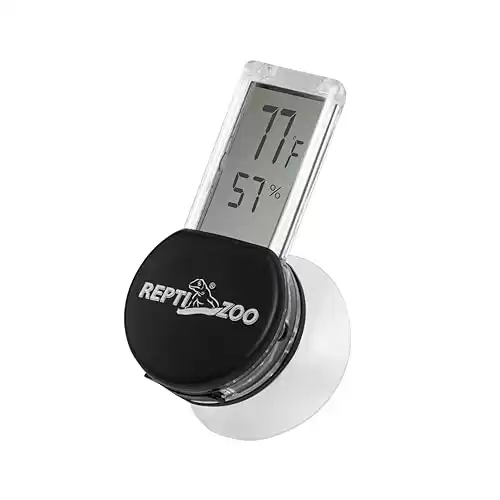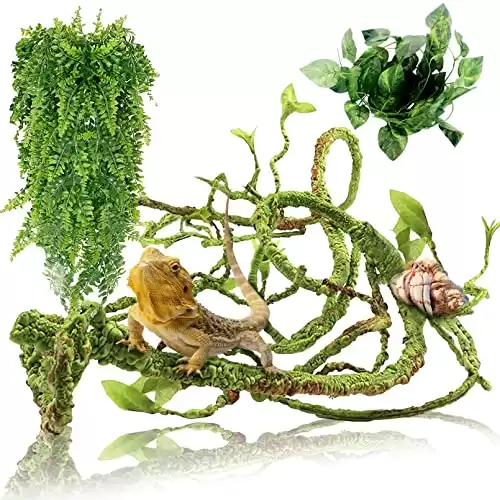The terms “albino Leopard gecko” and “tremper albino Leopard gecko” are often used interchangeably, but there is a subtle difference between the two.
The albino Leopard gecko is a general term for any Leopard gecko that carries the albino gene. This gene prevents the gecko from producing melanin, the pigment that gives skin, fur, and eyes their color. As a result, albino Leopard geckos have pale skin and light-colored eyes.
Tremper albino Leopard gecko is a specific strain of albino Leopard gecko that was first discovered by Ron Tremper in 1996. Tremper albinos are known for their silver eyes with red veins. They can also have a variety of body colors, including yellow, orange, and brown.
Description of Tremper Albino Leopard Geckos
Tremper Albino Leopard Geckos are a fascinating and popular morph within the world of pet reptiles.
Characteristics of Tremper Albino Leopard Geckos
Tremper Albino Leopard Geckos are known for their unique features that make them stand out in the reptile world. One of their most distinctive traits is their eye color.
As hatchlings, you can observe their silver eyes with red veins, a striking contrast to the typical pinkish irises found in other strains.
Without any additional morphs, pure Tremper Albinos showcase lighter colors compared to their non-albino counterparts. For instance, an Albino Mack Snow Leopard Gecko replaces the typical black bands with lighter-colored ones, resembling light chocolate bands.
Tremper Albino Leopard Geckos also maintain the distinct coloration in their tails, which is consistent with the rest of their bodies. These geckos offer a delightful visual spectrum, ranging from dark browns to light yellows, vibrant oranges, and delicate pinks.
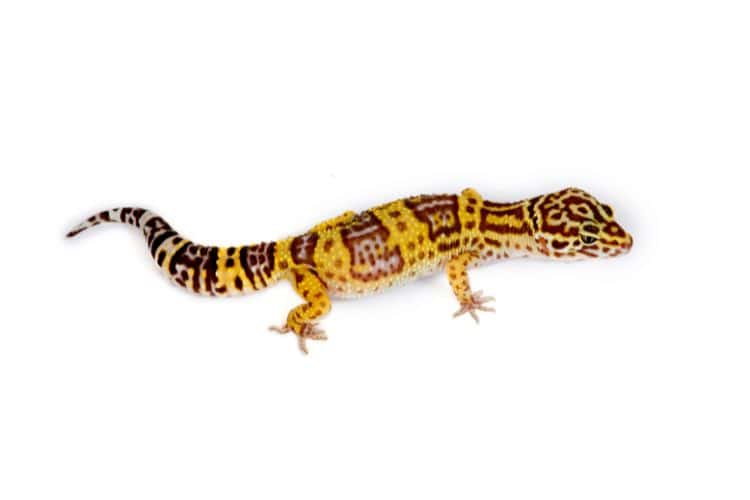
Subspecies of Tremper Albino Leopard Geckos
While Tremper Albino Leopard Geckos are a well-known and cherished morph, there are other subspecies of albino geckos that you may come across. Notable subspecies include the Bell Albino and Rainwater Albino Leopard geckos, each with its own set of unique characteristics and appearances.
Bell Albino Leopard Geckos, named after breeder Mark Bell, have a subtle lavender tint to their bodies, with fainter skin patterning that includes brown spots. These geckos exhibit an elegant and delicate appearance that sets them apart from other albino strains.
On the other hand, Rainwater Albino Leopard Geckos, developed by Tim Rainwater in 1998, are the smallest of the three main albino Leopard gecko varieties.
Color Morphs of “Tremper Albino Leopard Geckos
Tremper albino Leopard geckos are one of the most popular color morphs of Leopard geckos. They are known for their striking silver eyes with red veins and their pale yellow, orange, and brown bodies.
Tremper albinos are also known for their wide variety of patterns, which can range from simple spots and bands to complex geometric designs.
Here are some of the most popular color morphs of Tremper albino Leopard geckos:
- Sunglow: Sunglow Leopard geckos are a cross between a Tremper albino and a super hypo tangerine Leopard gecko. They have a bright orange or yellow body color and typically Tremper albino pale-silvery-reddish eyes.
- R.A.P.T.O.R.: R.A.P.T.O.R. Leopard geckos are a cross between a Tremper albino and an eclipse Leopard gecko. They have a pale body color with full red eyes.
- Mack Snow Tremper Albino: Mack Snow Tremper albino Leopard geckos are a cross between a Tremper albino and a Mack snow Leopard gecko. They have a pale body color with white or light orange spots.
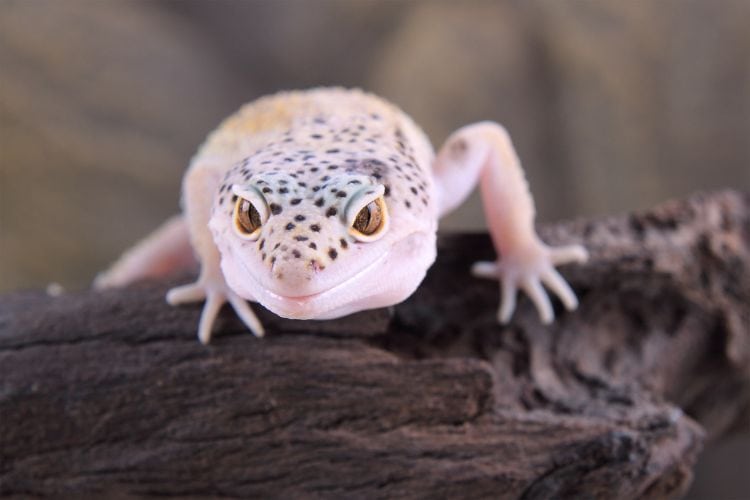
- Carrot Head: Carrot head Leopard geckos are a cross between a Tremper albino and a carrot tail Leopard gecko. They have a bright orange head and tail with a pale body color.
- Super Giant: Super giant Leopard geckos are a cross between a Tremper albino and a super giant Leopard gecko. They are significantly larger than other Leopard geckos and can grow up to 12 inches long.
These are just a few of the many color morphs of Tremper albino Leopard geckos. With their wide variety of colors and patterns, there is sure to be a Tremper albino Leopard gecko out there that is perfect for everyone.
Captive Care for a Tremper Albino Leopard Gecko
Providing a comfortable and nurturing environment for your Tremper Albino Leopard Gecko is paramount to ensuring their well-being.
Housing Requirements for a Pet Tremper Albino Leopard Gecko
Tremper Albino Leopard Geckos, like other Leopard geckos, thrive in a terrestrial habitat. A 20-gallon aquarium, preferably the long type to offer ample ground space, serves as an ideal enclosure. These geckos are ground-dwellers, so prioritize floor space over vertical space.
When housing multiple geckos together, remember to add 5-10 gallons of volume per additional gecko to ensure they have sufficient room to coexist peacefully.
Male and female Tremper Albino Leopard Geckos can cohabitate, but avoid housing two males in the same enclosure, as they are territorial and prone to conflicts.
Furnish their enclosure with suitable decorations like hides, low branches, and rocks, providing them with cozy hiding spots.
Utilizing a sand substrate is common; however, it’s crucial to choose a digestible option like reptile
Diet and Health Care Needs for Pet Tremper Albino Leopard Geckos
Tremper Albino Leopard Geckos are insectivorous, primarily consuming small invertebrates such as insects, arachnids, and worms. Offer a diet of crickets, dubia roaches, and mealworms as their primary food sources.
These insects can be purchased at pet stores or easily raised at home, ensuring a readily available food supply.
Supplement their diet with occasional treats like wax worms, hornworms, and silkworms. However, refrain from overindulging them, as Leopard geckos are prone to obesity.
To enhance their nutritional intake, dust the feeder insects with vitamin powder and gut-load them before feeding.
Proper hydration is essential for your gecko’s health. Provide a shallow
Common Illnesses Found in Captive Pet Tremper Albino Leopard Gecko
Tremper albino Leopard geckos are relatively hardy animals, but they are still susceptible to some illnesses. Here are some of the most common illnesses found in captive pet tremper albino Leopard geckos:
- Metabolic Bone Disease (MBD): MBD is a common illness in Leopard geckos, and it is caused by a lack of
calcium and vitamin D3 in the diet. Symptoms of MBD include soft bones, deformities, and lethargy. MBD can be prevented by providing your Leopard gecko with a diet that is high incalcium and vitamin D3, and by exposing them to UVB light. - Nutritional Hypovitaminosis A (NHA): NHA is a vitamin A deficiency that can cause a number of problems in Leopard geckos, including vision problems, skin problems, and respiratory problems. NHA can be prevented by providing your Leopard gecko with a diet that is high in vitamin A, such as crickets that have been dusted with a vitamin A supplement.
- Cryptosporidiosis: Cryptosporidiosis is a parasitic infection that can cause diarrhea, vomiting, and weight loss in Leopard geckos. Cryptosporidiosis is most common in young Leopard geckos, and it can be spread through contact with contaminated feces. Cryptosporidiosis can be treated with antibiotics.
Wild Tremper Albino Leopard Geckos
In their wild habitat, Tremper Albino Leopard Geckos exhibit a nocturnal and crepuscular lifestyle. Their diet consists mainly of small invertebrates, and they are skilled hunters, relying on their keen sense of smell and night vision to locate prey.
These geckos are cautious stalkers, making calculated strikes with their sharp teeth when hunting insects, crickets, and arachnids.
The breeding season for Tremper Albino Leopard Geckos occurs in warmer months, marked by courtship rituals, territorial disputes among males, and courtship displays to attract females.
Once copulation takes place, females lay their eggs in buried burrows, with incubation periods varying based on environmental conditions. After hatching, the young geckos must adapt and thrive in their desert environment.
Conclusion
There you have it, everything you need to know about the Tremper Leopard Gecko. To clear the confusion, every Tremper Gecko is albino, but not every albino Gecko is a Tremper.
Look for the identifying color patterns we mentioned above, and if you want a Tremper as a pet, make sure to provide it with everything it needs.


